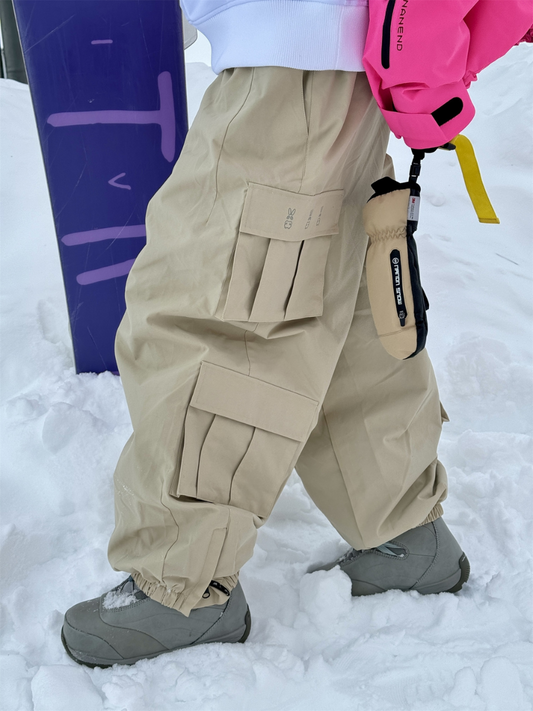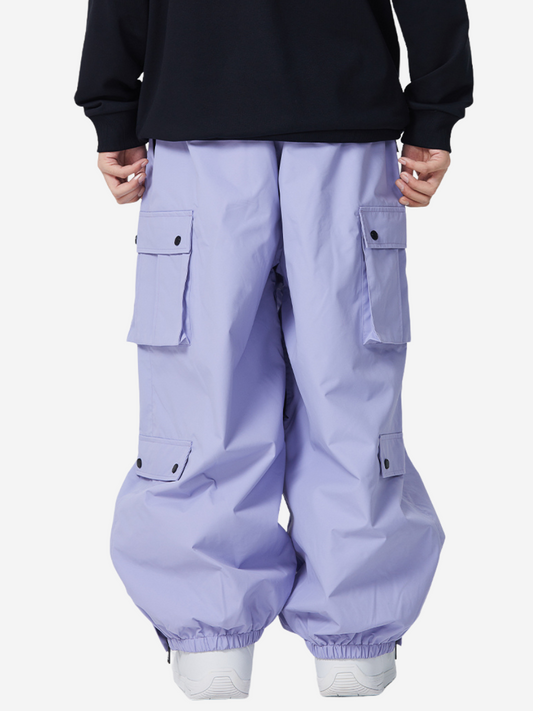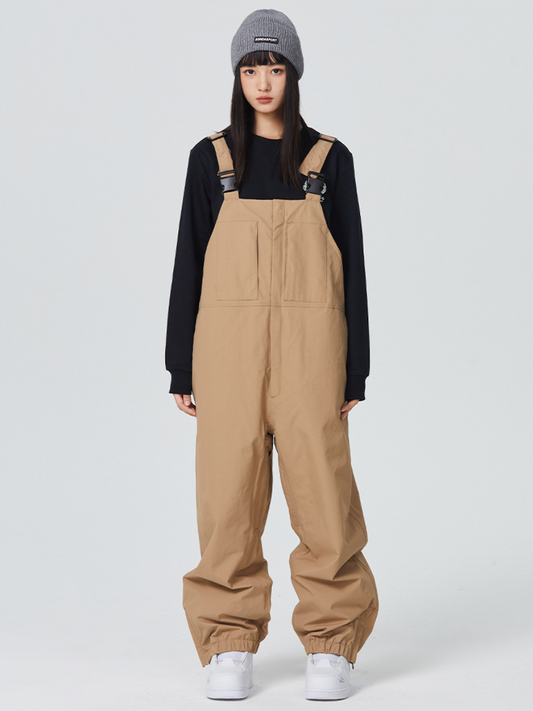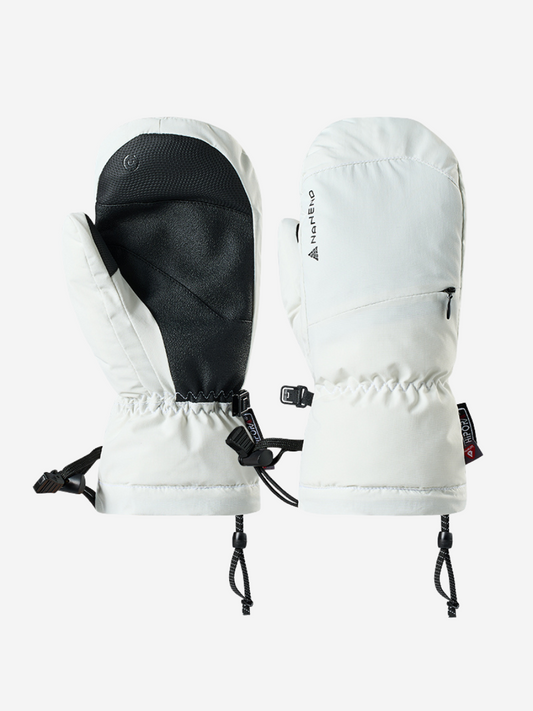
Featured products
-
3L Loose Waterproof Fleece Snow Pants - Unisex
Regular price $196.00 USDRegular priceUnit price / per -
3L Snowboard Loose Cargo Ski Pants - Unisex
Regular price $140.00 USDRegular priceUnit price / per -
3L Waterproof Snowboard Baggy Cargo Pants - Unisex
Regular price $158.00 USDRegular priceUnit price / per -
3L Waterproof Snowboard Bib Pants - Men's
Regular price $159.00 USDRegular priceUnit price / per -
3L Waterproof Snowboard Bib Pants - Women's
Regular price $159.00 USDRegular priceUnit price / per -
3L Waterproof Thickened Baggy Ski Pants - Unisex
Regular price $196.00 USDRegular priceUnit price / per -
Abrasion-Resistant Waterproof Ski Mittens - Unisex
Regular price $68.00 USDRegular priceUnit price / per -
American Style Waterproof Thickened Ski Pants - Unisex
Regular price $176.00 USDRegular priceUnit price / per
















